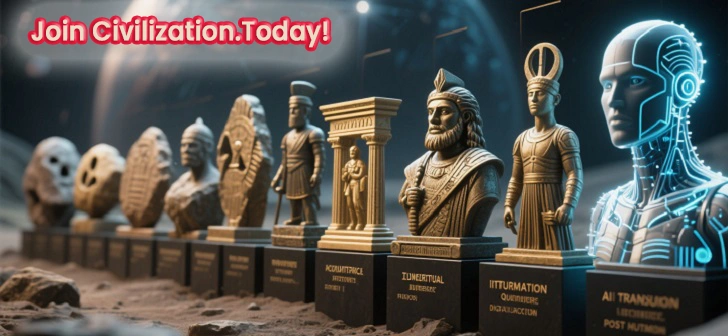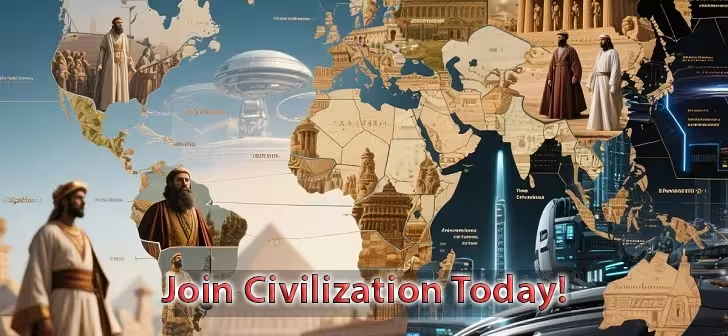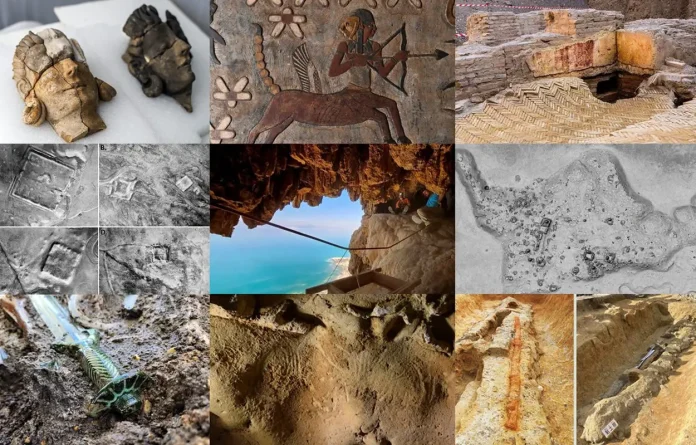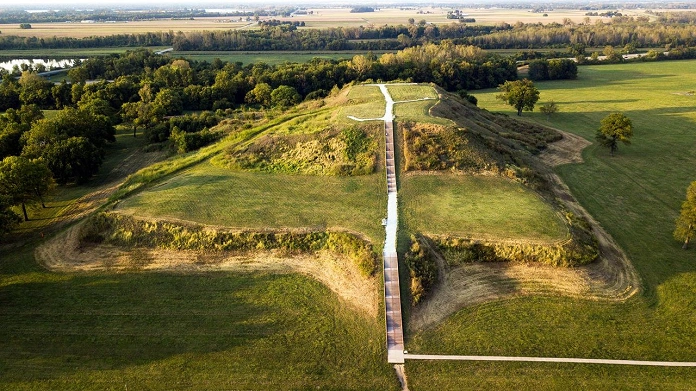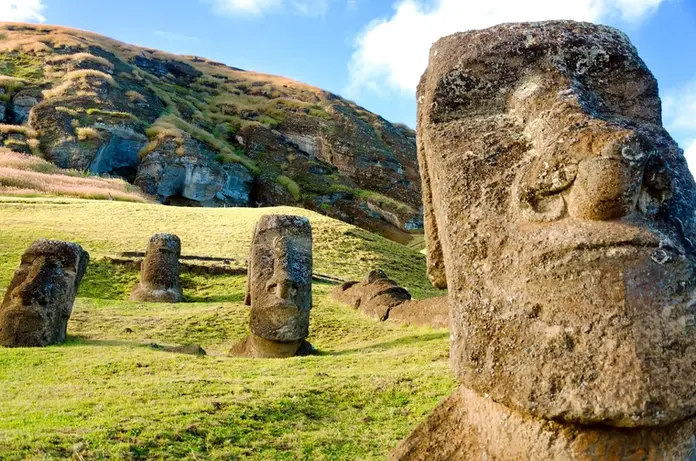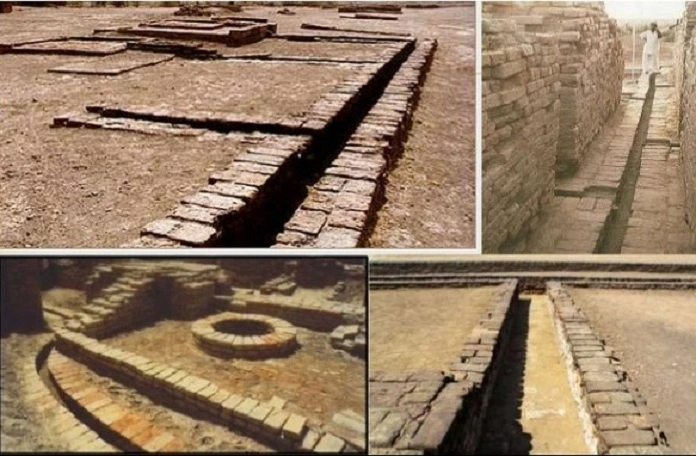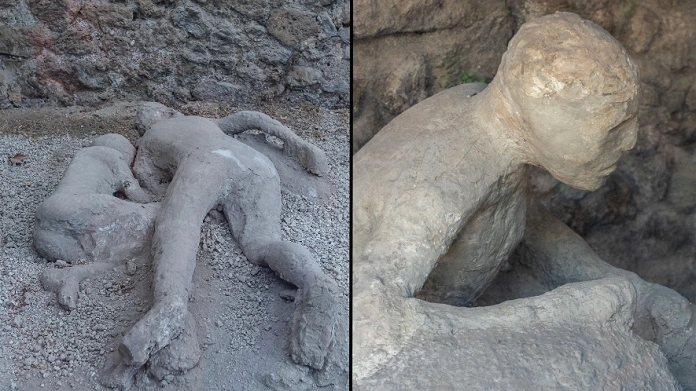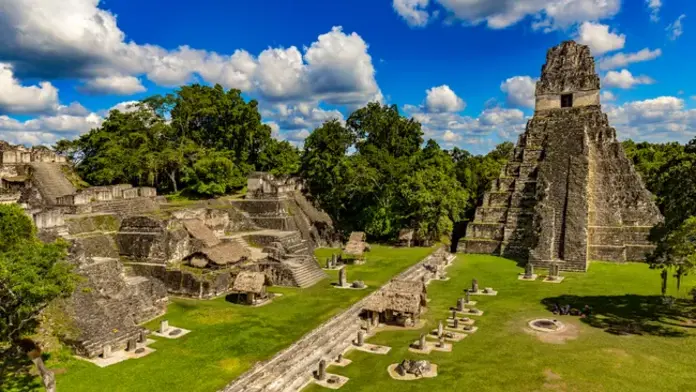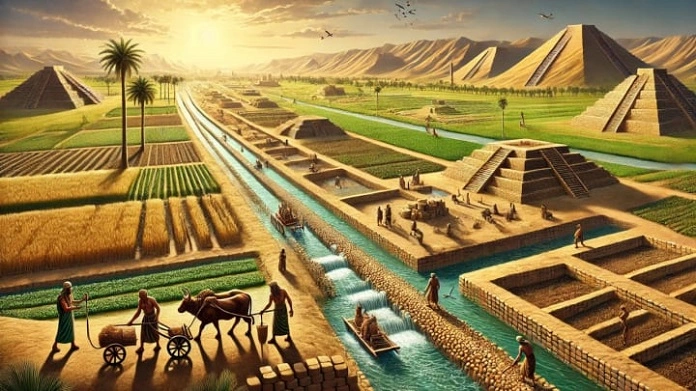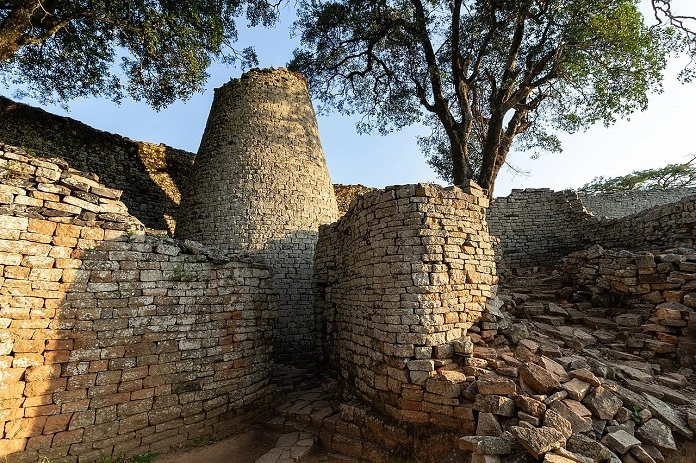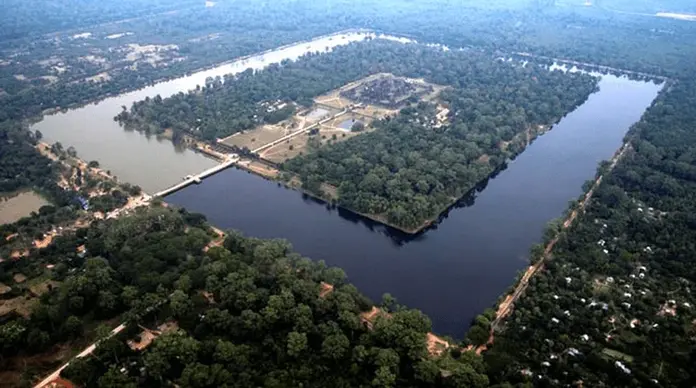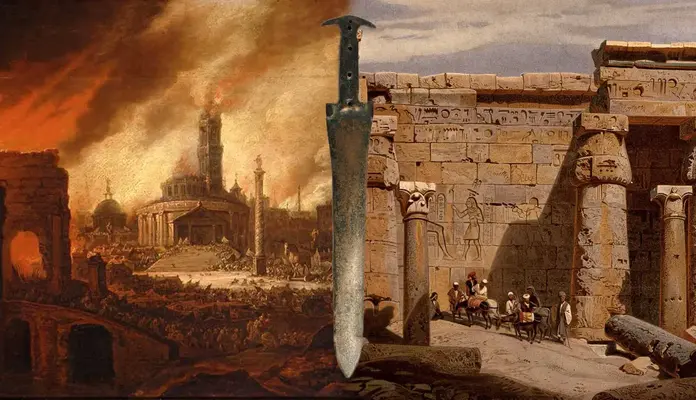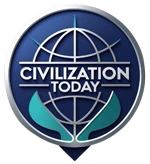Human history is filled with the rise and fall of great civilizations. From the mighty empires of Mesopotamia to the mysterious disappearance of the Maya, the story of our past is one of innovation, resilience, and, often, catastrophic collapse. Thanks to groundbreaking archaeological discoveries, we now understand these patterns better than ever — and they may hold vital lessons for avoiding our own downfall.
In this article, we’ll explore 10 of the most important archaeological breakthroughs that are not only rewriting history but also warning us about our future.
1. Göbekli Tepe: The Oldest Known Temple
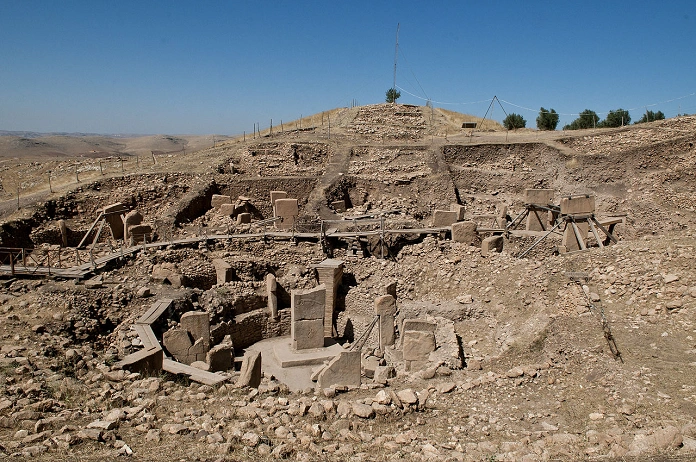
Located in modern-day Turkey, Göbekli Tepe is a 12,000-year-old archaeological wonder that predates Stonehenge by 6,000 years. Its massive stone pillars and intricate carvings suggest complex social organization long before the invention of agriculture. This discovery challenges our timeline of civilization and hints at how religious or cultural hubs can accelerate — or destabilize — societal growth.
Future lesson: Cultural unity can spark innovation, but over-dependence on a single resource or belief system can make societies fragile.
2. The Lost City of Cahokia
Cahokia, near present-day St. Louis, was once a thriving metropolis of 20,000 people around the year 1100 CE. Archaeological excavations have revealed massive earthworks, sophisticated trade networks, and signs of advanced urban planning. Yet within 200 years, Cahokia was abandoned.
Future lesson: Urban expansion without sustainable resource management can lead to rapid decline — a warning for today’s megacities.
3. Easter Island’s Moai and Deforestation Clues
The iconic statues of Rapa Nui (Easter Island) have fascinated historians for centuries. Archaeological studies now reveal that overpopulation and deforestation — partly due to statue construction — led to ecological collapse.
Future lesson: Environmental destruction, even for cultural or economic gain, can destroy the foundation of an entire society.
4. The Indus Valley Water Systems
The Indus Valley Civilization (2600–1900 BCE) had advanced urban plumbing and water management systems. However, geological and archaeological evidence shows that climate change and shifting rivers disrupted agriculture, leading to collapse.
Future lesson: Even the most advanced infrastructure is vulnerable to environmental change if adaptation is too slow.
5. Pompeii Frozen Moment in Time
The 79 CE eruption of Mount Vesuvius buried Pompeii under volcanic ash, perfectly preserving daily life details. Archaeological digs reveal social inequality, urban density, and infrastructure vulnerabilities.
Future lesson: Natural disasters can devastate even well-organized societies — preparedness and adaptability are key.
6. The Maya Collapse
For centuries, the Maya civilization thrived in Central America. But archaeological evidence from pollen samples, ruins, and inscriptions points to prolonged drought, over-farming, and political instability as factors in their collapse.
Future lesson: Climate stress and political fragmentation are a dangerous combination.
7. Ancient Mesopotamian Irrigation Failures
Mesopotamia is often called the “cradle of civilization,” but archaeological soil analysis shows that over-irrigation caused salinization, reducing crop yields and weakening the economy.
Future lesson: Overexploitation of natural resources can have irreversible long-term effects.
8. The Mystery of Great Zimbabwe
Great Zimbabwe was a powerful medieval city in Africa known for its massive stone structures. Archaeological studies suggest trade decline, resource depletion, and political shifts led to abandonment.
Future lesson: Economic dependence on a single trade route or commodity can be dangerous when global systems shift.
9. Angkor Hydraulic Empire
The Khmer Empire’s capital, Angkor, relied on an extensive water management system to feed its population. Archaeologists have discovered evidence of maintenance neglect and climate-related flooding, which crippled the system.
Future lesson: Complex systems require constant upkeep and adaptation to survive environmental challenges.
10. The Bronze Age Collapse
Around 1200 BCE, multiple civilizations — from the Mycenaeans to the Hittites — fell within decades. Archaeological and textual evidence points to a mix of factors: climate change, migration, warfare, and disrupted trade.
Future lesson: Globalized systems can collapse rapidly when multiple crises occur at once.
What These Discoveries Mean for Us Today
These archaeological discoveries do more than tell stories of the past — they highlight patterns of human behavior that repeat across time. Common themes emerge:
- Environmental mismanagement
- Over-reliance on complex systems
- Failure to adapt to climate change
- Political fragmentation
- Economic overdependence
In our modern world, we face similar challenges — rapid urbanization, resource depletion, and climate instability. The difference is that today’s systems are far more interconnected, meaning a collapse in one part of the world could have immediate global repercussions.
The Urgency of Learning from the Past
If history teaches us anything, it’s that no civilization is immune to collapse. However, understanding the mistakes of the past gives us a roadmap to resilience: sustainable resource management, diversified economies, adaptable governance, and investment in environmental protection.
Archaeology doesn’t just uncover ancient ruins — it uncovers warnings. These sites are not simply relics; they are case studies in survival and failure.
Final Thought:
The collapse of past civilizations wasn’t inevitable — it was the result of choices. As we uncover more archaeological discoveries, we’re not just rewriting history, we’re writing our future. The question is: will we listen before it’s too late?

